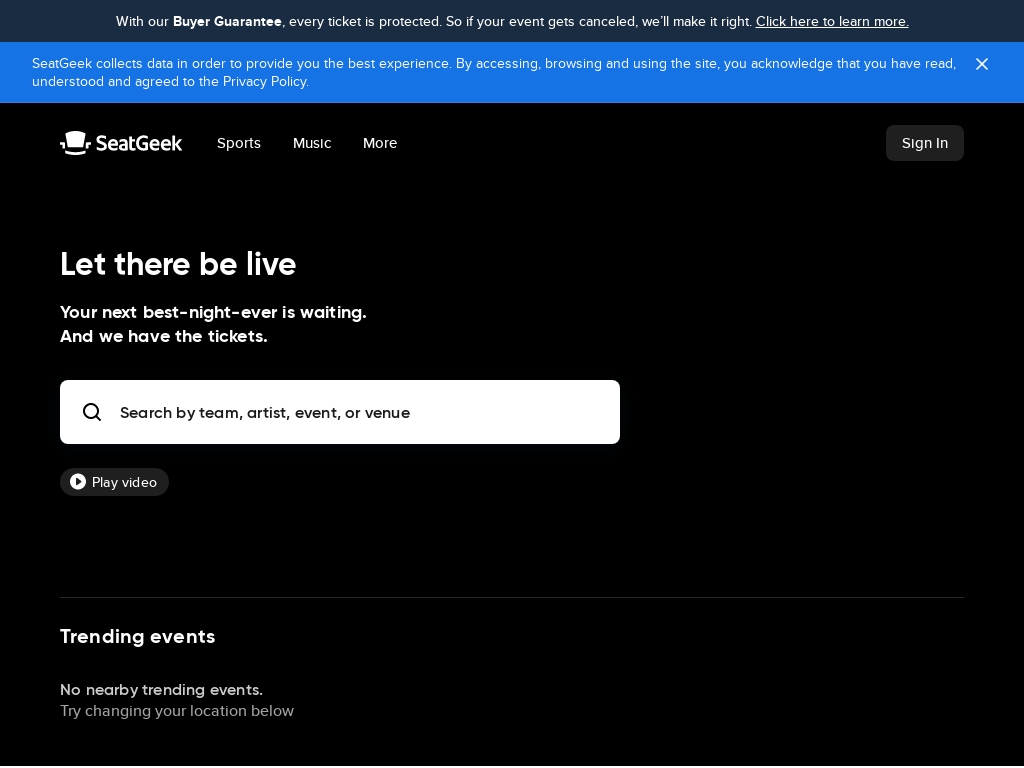How Three Founders Scaled SeatGeek to $1 Billion in Ticket Sales
Who is Jack Groetzinger?
Jack Groetzinger, the co-founder of SeatGeek, is originally from Cleveland and attended Dartmouth College, where he met his SeatGeek co-founder. Before SeatGeek, he and his co-founder ventured into other entrepreneurial endeavors, including an online furniture rental business.

What problem does SeatGeek solve?
SeatGeek makes buying tickets for live events easy and stress-free by providing transparent pricing and a simple app that helps customers find the best deals, allowing fans to enjoy events without worrying about getting ripped off or confused by complex purchasing processes.

How did Jack come up with the idea for SeatGeek?
Jack Groetzinger was always a sports and music fan, which made him keenly aware of how broken...
Disclaimer: The initial draft of this article was compiled by the Starter Story team based on publicly available interviews, podcasts, and other content from the founder. See the sources we used here.

Download the report and join our email newsletter packed with business ideas and money-making opportunities, backed by real-life case studies.

Download the report and join our email newsletter packed with business ideas and money-making opportunities, backed by real-life case studies.

Download the report and join our email newsletter packed with business ideas and money-making opportunities, backed by real-life case studies.

Download the report and join our email newsletter packed with business ideas and money-making opportunities, backed by real-life case studies.

Download the report and join our email newsletter packed with business ideas and money-making opportunities, backed by real-life case studies.

Download the report and join our email newsletter packed with business ideas and money-making opportunities, backed by real-life case studies.

Download the report and join our email newsletter packed with business ideas and money-making opportunities, backed by real-life case studies.

Download the report and join our email newsletter packed with business ideas and money-making opportunities, backed by real-life case studies.









